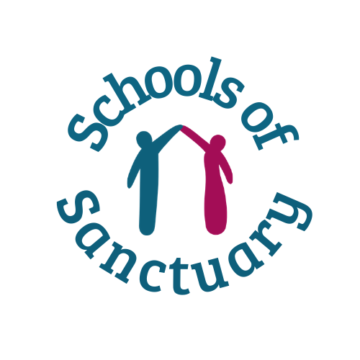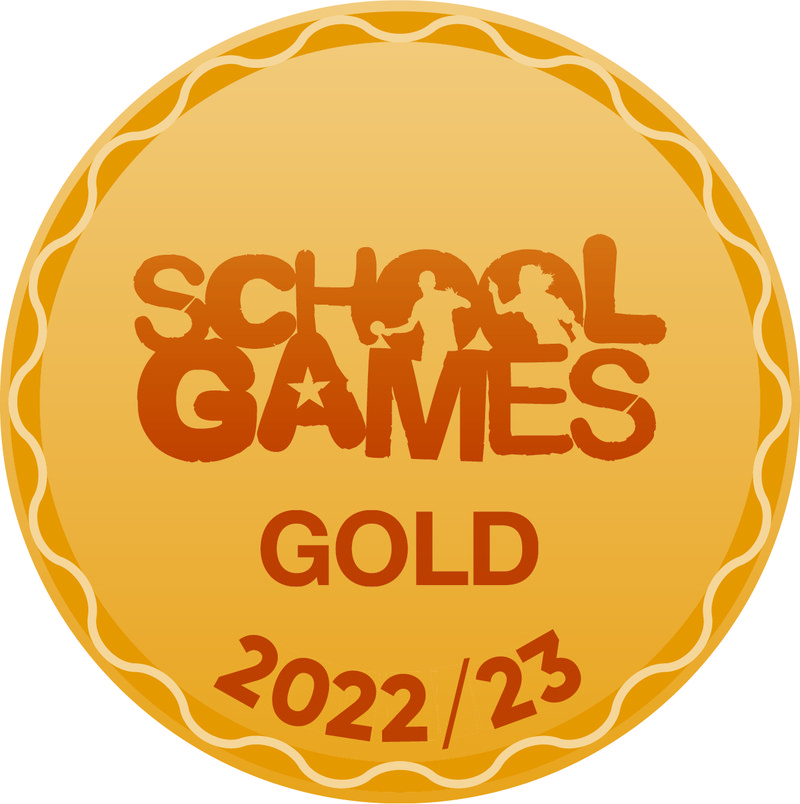Geography
Our Geography leader is Mrs Ilona Gates
Intent
At Glusburn School we shape our Geography curriculum to ensure it is fully inclusive to every child. Our aims are to fulfil the requirements of the National Curriculum for Geography; providing a broad, balanced and differentiated curriculum; ensuring the progressive development of geographical concepts, knowledge and skills; and for the children to develop a love for geography.
Implementation
Geography shares its place within humanities alongside History. Following the Long Term Plan, Geography is taught in all year groups in the Spring term and the second half of the Summer term. The learning sequence allows children sufficient time to develop their knowledge, extending from the familiar and concrete to the unfamiliar and abstract. They make greater sense of the world by organising and connecting information and ideas about people, places, processes and environments and working with more complex information about the world, including the relevance of people’s attitudes, values and beliefs. The curriculum builds in opportunities for pupils to become increasingly adept at locating places they are studying, (using a range of globes, atlases and maps at different scales)
Our teaching equips pupils with knowledge about places and people; resources in the environment; physical and human processes; formation and use of landscapes. We also want children to develop geographical skills: collecting and analysing data; using maps, globes, aerial photographs and digital mapping to name and identify countries, continents and oceans; and communicating information in a variety of ways.
How is Geography enabled in the Early Years?
In Early Years Geography is taught through the Specific area of Understanding the World: The World and is enabled through for example: using the local area for exploring both the built and the natural environment; providing opportunities to observe things closely through a variety of means, including magnifiers and photographs; providing play maps and small world equipment for children to create their own environments; teaching skills and knowledge in the context of practical activities, e.g. learning about the characteristics of liquids and solids by involving children in melting chocolate or cooking eggs; giving opportunities to record findings by, e.g. drawing, writing, making a model or photographing; providing stories that help children to make sense of different environments; providing stimuli and resources for children to create simple maps and plans, paintings, drawings and models of observations of known and imaginary landscapes; giving opportunities to design practical, attractive environments, for example, taking care of the flowerbeds or organising equipment outdoors.
How does the Geography curriculum reflect our school’s values and ethos?
At Glusburn School, we aim for a high quality Geography curriculum which should inspire in pupils a curiosity and fascination about the world and its people. As a Rights Respecting and Eco-school, we would like to see our children become ambassadors for our planet and all that it contains and access the Geography curriculum with a view to promote an awareness and a respect for the world we live in.
We have a bespoke strand to our Geography curriculum in the Spring term because of our school values which are aligned with protecting the environment and creating global citizens.
Our Fairtrade Fortnight annual event enables the school to highlight the issues around Fairtrade and provides the children with opportunities to look at other communities around the world and track the journeys taken with some of the Fair-traded products.
Special educational needs and disability
We recognise that pupils with SEND have a range of different needs and starting points. Some of our pupils have severe, complex or profound needs that have a significant impact on their cognitive development, especially the way that they are able to make alterations to their long-term memory. Teachers are ambitious for all pupils including those with SEND, developing and adapting the curriculum so that it is coherently sequenced to all pupils’ needs, starting points and aspirations for the future; acquiring the knowledge and cultural capital they need to succeed in life.
UNCRC ARTICLE 23: A child with a disability has the right to live a full and decent life in conditions that promote dignity, independence and an active role in the community.
Field Trips and working outdoors
Learning in the outdoors is an integral element in the study and learning of geographical concepts. It allows children to have real life " hands on " experiences that engage their senses to investigate the world around them.
We are fortunate that the location of our school provides us with the opportunities to explore both human and physical Geography, developing locational and place knowledge.
Links are made with the historical development of our village and the local mill during the summer term in Yr2. The children:
- identify human and physical features on OS maps
- follow routes around the village
- recognise the school buildings on a plan view
create route maps of their journeys around school and beyond.
Geography Page
In Yr3 children learn about river features and processes and river quality through a variety of geography and science based fieldwork activities, to enable them to start to understand and interpret the landscape. These key questions will be explored:
- What are the physical features of a river’s course?
- How do erosion & deposition shape a river?
This session takes place along an accessible stretch of river in the Yorkshire Dales National Park. They follow Hebden Beck down the valley to the River Wharfe. The children walk the river bank, observe river features and measure and record data including width and depth of the channel, time taken for objects to float a measured distance, and size and shape of material on the river bed.

In the Summer term term, Yr4 travel to Settle to visit a farm and provide the opportunities for children to:
- explore the physical features of the local landscape,
- uses of land and advantages and dis-advantages of rural living
- impact of animals and humans on the land
- rewilding
This knowledge is explored whilst continuing to acquire and develop skills required in the use of OS maps,: recognising symbols and interpreting physical and human features whilst using compass directions.
A virtual trip to Mexico in the Summer term provides the children with opportunities to link learning to live content to show what's happening in the world. Children explore longitude and latitude lines, time zones and flight durations.
Geography Page
Residential visits to the outdoor education centres at Nell Bank, Ilkley and Marrick Priory in Richmond provide opportunities for children in Yr5/6 to build on fieldwork and navigation skills:
-
use 8 points of a compass and how to use them to describe directions on a map.
- 6-figure grid references and how to use them to locate places on an ordinance survey
During the Summer term of Yr6 children go on a local walk in which they have the opportunity to:
- understand the scale on a map use it to work out distances
- use an ordinance survey map to follow/ create a route
Planning



















